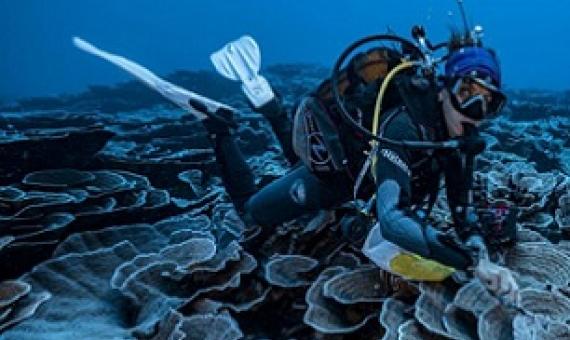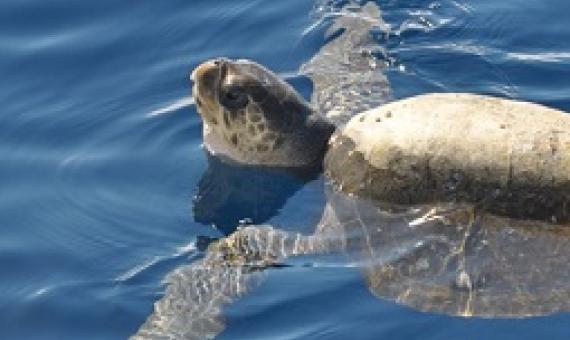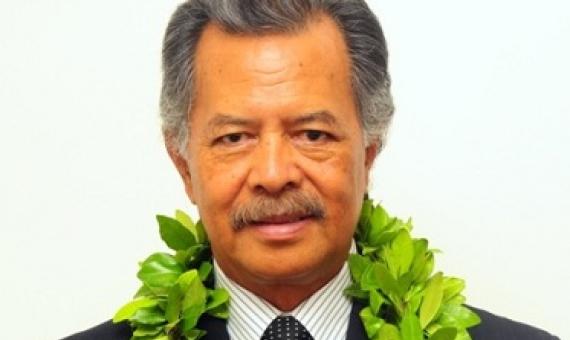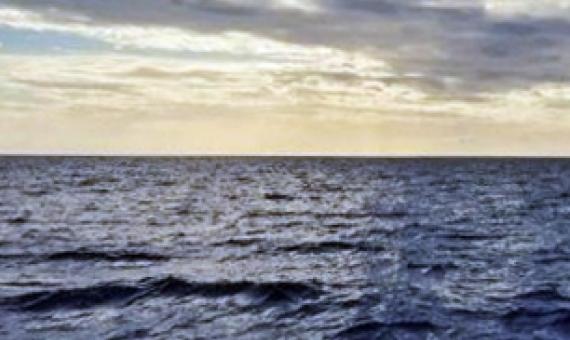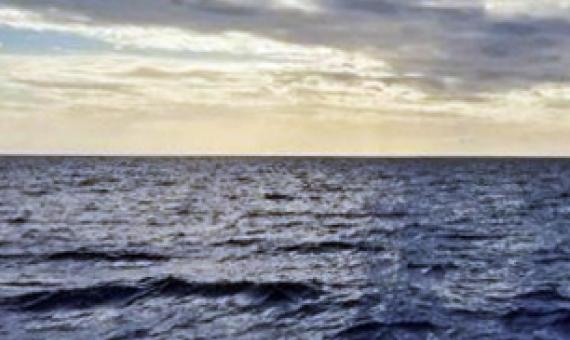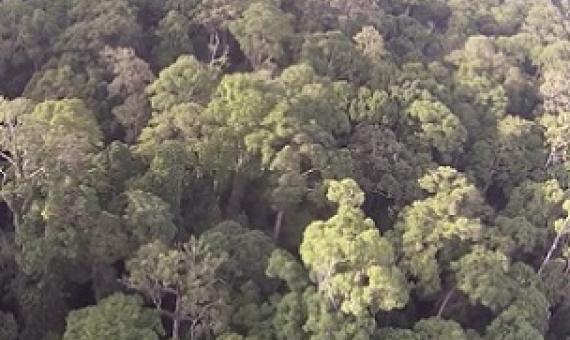A study suggests that approximately 79% of Earth’s remaining natural vegetation should be protected to meet the international goals set by the United Nations on climate, biodiversity and development.
The world is another step closer to protecting 30 percent of the ocean after the Biodiversity Beyond National Jurisdiction Treaty was adopted by the United Nations in New York.
A new global treaty on the high seas will enable the creation of sanctuaries deemed vital for the oceans, but many questions remain unanswered. Among them: How can we protect marine areas far from the coast? Where will they be created, and when?
Heavy reliance on private finance alone will not deliver conservation goals
The Kunming-Montreal Global Biodiversity Framework envisages an increasing reliance on large-scale private finance to fund biodiversity targets. We warn that this may pose contradictions in delivering conservation outcomes and propose a critical ongoing role for direct public funding of conservation and public oversight of private nature-related financial mechanisms.
As the global community embrace the adoption of the new Biodiversity of Areas Beyond National Jurisdiction (BBNJ) treaty, the Pacific are calling on the international community to seize this milestone momentum and rally towards the haste ratification and for the signing to be held at the ma
BEST AVAILABLE TECHNOLOGY (BAT) AND BEST ENVIRONMENTAL PRACTICE (BEP) FOR MITIGATING THREE NOISE SOURCES: SHIPPING, SEISMIC AIRGUN SURVEYS, AND PILE DRIVING
At least 150 marine species have shown impacts from ocean noise pollution, but it has been difficult to specify the exact scenarios where ecosystem and population consequences from underwater noise will occur. Therefore, managing this threat requires a precautionary approach.
The United Nations Fish Stocks Agreement (UNFSA) has governed worldwide “long-term conservation and sustainable use” of shared fish stocks—those that bridge the legal boundaries separating the waters of nations, mainly tunas and sharks—since 2001.
Backed by the UN, an alliance of conservationists and policymakers is devising new ways to finance the preservation of biodiversity by placing economic values on ecosystems. Some analysts say such schemes have the potential to boost conservation, but others are skeptical.


